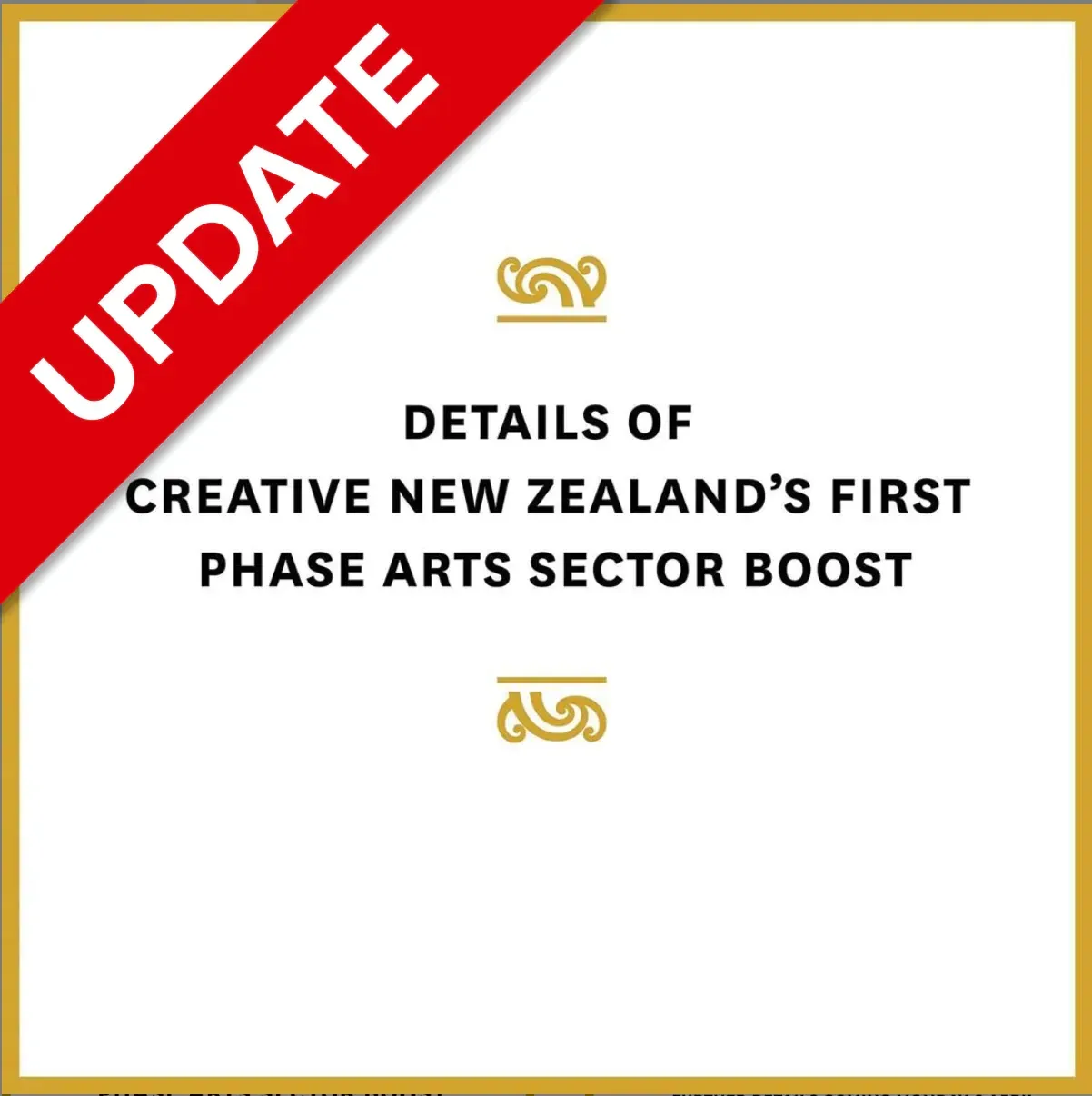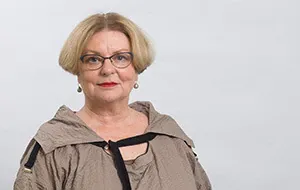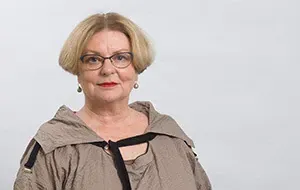Fundamentals of Support

In a week’s time, Creative New Zealand will be hit with a flurry of funding requests, as it opens up the first phase of their arts sector boost. The multi-million dollar injection into an industry reeling from the effects of the COVID-19 pandemic could be the career lifeline many creatives desperately need.
But are you ready to apply? Do you understand where your attention needs to be focused, what you need to do, and even if you’re eligible? Steff Green’s spoken to Creative NZ to make sure you have all you need to know, with all the right links to follow.
“We had to stop doing what we were doing and respond,” explains Cath Cardiff, Creative New Zealand’s Senior Manager Arts Development Services when news of the country’s COVID-19 lockdown hit. “That’s very difficult for a lot of people, including people inside our organisation. We’ve had to move fast in a crisis situation to reallocate our resources – both people and financial – to meet the needs of the new normal.”
Late Monday night, Creative New Zealand released the details of their first phase arts sector boost, ahead of its 14 April opening. Individuals, collectives, and organisations can now get clarity around the three types of funding, the application process, and their next steps.
Reflecting the Changing Landscape
The initial $16 million investment opens for applications from 14 April and to be distributed to the sector through to 30 June 2020 (the end of Creative New Zealand’s financial year). A second phase, which will provide support beyond June 2020, will be explored at the April Arts Council meeting.
The first phase of CNZ’s Emergency Response Package has two components:
1. Resilience Grants for eligible artists, arts practitioners, arts groups and arts organisations (non-investment clients) to help them recover, maintain and develop their practice in a completely changed environment. There are two opportunities:
a) Arts Continuity Grant – supports short-term arts projects by artists and arts organisations (including groups and collectives) that can be delivered within a changed and evolving environment as a result of COVID-19.
b) Emergency Relief Grant – provides temporary relief for independent artists and arts practitioners, who may be part of arts organisations (including groups and collectives), and who meet our eligibility criteria.
2. Short-term Relief for Investment Clients for existing investment clients and on top of existing funding, with priority given to those materially negatively impacted by COVID-19, to help them stabilise their businesses and remain viable.
Further information about each of these opportunities, including eligibility criteria and application process, is available from the CNZ website.
"It’s tough because nobody knows the answers to these questions, but we’re working on being prepared.”
“Our response comes back to our four main objectives,” explains Cardiff. “We provide funding to sustain careers in the arts, develop arts practice, encourage innovation in the arts – doing things in new ways, and here the digital environment presents a huge opportunity – and provide opportunities for diverse communities to access and participate in arts experiences.”
“Half of our organisation is now devoted to delivering on our new funding, while the other half is building on advocacy of the arts. We believe it’s important to continue to lobby about the need to support the creation and production of the arts, especially while our country is in isolation, and build on the excellent work the arts sector is already doing.”
“We’re also engaging in ‘what-if’ planning, looking at different scenarios – what if lockdown continued for eight weeks, what if certain areas of the country moved to a lower alert level, etc. It’s tough because nobody knows the answers to these questions, but we’re working on being prepared.”

Creative NZ's Cath Cardiff.
Funding Timeline
Creative New Zealand recognises the need for expedited funding, given the precarious situation of many arts practitioners and organisations. For this reason, they’ve streamlined application and assessment processes to speed up decisions.
For the Emergency Relief Grant, the application is made by email and only requires that you provide evidence that:
-
your main source of income derives from arts practice (that is, supplying a relevant CV, in addition to information about recent creative projects or activity)
-
you have lost income in the period 1 March to 30 June 2020
-
you have received government support (COVID-19 WINZ Wage Subsidy)
-
you meet Creative New Zealand’s eligibility criteria.
You’ll hear a decision within five working days.
The Arts Continuity Grants are assessed under a similar process to a typical CNZ funding round, with external assessors. “We’ve shaved time off the process to make it quicker,” explains Cardiff. “It’s tough to predict because we don’t know how many applications we have, but we believe we’ll be able to make decisions within three weeks, and sooner in some cases.”
“Projects submitted for the Arts Continuity Grants do not have to encompass a direct response by the artist or body to COVID-19, although this is an option if the applicant wishes to do so.”
What the Arts Community Needs to Know
Creative NZ has provided a detailed FAQ and specific examples of typical situations with their advice to help you make smart decisions about your applications.
One of the most common questions Cardiff hears is, ‘Can I apply for an Emergency Relief Grant and an Arts Continuity grant?’
“The answer is yes, subject to your eligibility. Our standard eligibility criteria for funding applies. One of the key things to remember if you’re planning to apply for both is that there can’t be duplication or disparity between two applications. For example, if you obtain an Emergency Relief Grant, you can’t then use the same income information on your Arts Continuity Grant application.
"Can you collaborate or communicate in a way that will still keep your project alive?”
“Another factor that was important to consider when making your application is that we’re making decisions based on the current alert level – the level at the time of our decision. Because this alert level is movable and there’s no way to know what it might be at the time we make our decision, we advise all arts practitioners to be familiar with what’s permissible at each of the four alert levels.”
Another common question is around applications that were already in the works on Creative NZ’s online funding portal. Anyone applying for the Arts Continuity Grants will need to use the online portal, and you’re able to re-use material from a cancelled application. However, it may need to be reformed.
You’ll need to start a new application in the funding portal, but the cancelled applications are still accessible, so you can copy/paste wording from one to the other.
“If your project was to do with presenting to large groups of people, that’s obviously not going to work any longer, but there might be an aspect you can still get on with or a new way forward. Can you collaborate or communicate in a way that will still keep your project alive?”
Projects that have previously been declined funding are not eligible for resubmission.
What to Do Before 14 April
If you’re planning to apply for one or more of the new funding options through CNZ, Cardiff recommends taking the time to familiarise yourself with the information on the CNZ website.
“The media release breaks down the different types of funding, who they’re for, and their objectives. We’ve also created a detailed FAQ, which has been divided into sections and includes the most common queries we’re receiving about the grants and eligibility. This should be your first port of call.”
If you have questions, you can contact CNZ through their dedicated email address: covid19response@creativenz.govt.nz
There’s also the general phone line – Ph. 0800 CREATIVE (273 284) – which is constantly monitored. Cardiff recommends that you read the FAQs before calling, as once you’re familiar with the new funding models, you’ll be able to have a more high-level conversation about your specific project or needs.
The Next Stage
Emergency Relief grants will be provided once and will support an individual for 12 weeks as a top-up to the WINZ Wage Subsidy.
Arts Continuity Grants can only be applied for once, for short-term projects that will be finished by the end of September 2020.
The Relief for Investment Clients is also designed for short-term funding to help stabilise organisations so they can continue to be viable.
What can the arts community expect in the way of ongoing support from Creative New Zealand?
“We expect there to be a second phase of support, from 1 July, which we’ll be able to speak more about following further meetings of the Arts Council,” Michael Moynahan, Chair of Creative New Zealand’s governing body, the Arts Council, states. “It’s premature for us to discuss more than this first phase of our response at the moment, given the profound uncertainty we’re all experiencing.”
Cardiff explains that CNZ support would follow a similar path to the Christchurch earthquakes response. “We had a first phase which was about an immediate emergency response and then a second phase which was about new ways of working and the new reality. Nobody can predict what that future is going to be, including us. But we will be responding to the next lot of scenarios which will inevitably arise.”
While Cardiff does not want to minimise the devastating impact COVID-19 has had and will continue to have on people’s lives, she’s heartened by the response of the arts community across the country. “The enforced period of non-activity has allowed for more reflection, collaboration, and kindness. People are reaching out in their communities to help, provide information, and include others whose voices might not otherwise have been heard. The community is resilient and open to change.”
